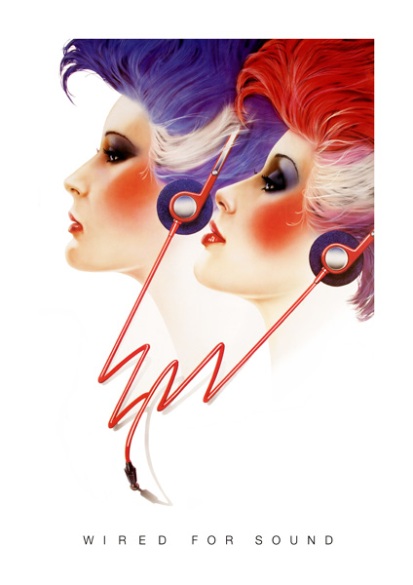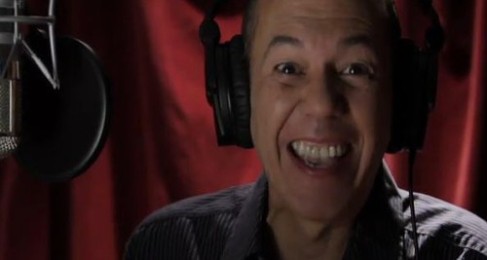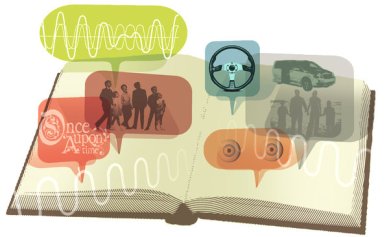Back to John Schwartz, who recently wrote a piece titled “The Voice” for the New York Times (see the blog post for May 20, 2012).
Schwartz also wrote “Wired for Sound” for the New York Times Book Review in November 2011. This piece takes on the suspicion felt by some readers that listening to audiobooks is “cheating” or “second-rate reading.” Schwartz brings this out in a light-hearted way by comparing his reading habits to those of his wife, a print loyalist. The two compare their different responses to David Mitchell’s The Thousand Autumns of Jacob de Zoet.
For some reason Schwartz turns for advice to Howard Gardner, a Professor at Harvard’s Ed School, who admits that he never listens to audiobooks. Interesting commentary nonetheless.
Read the story here: “Wired for Sound.”






